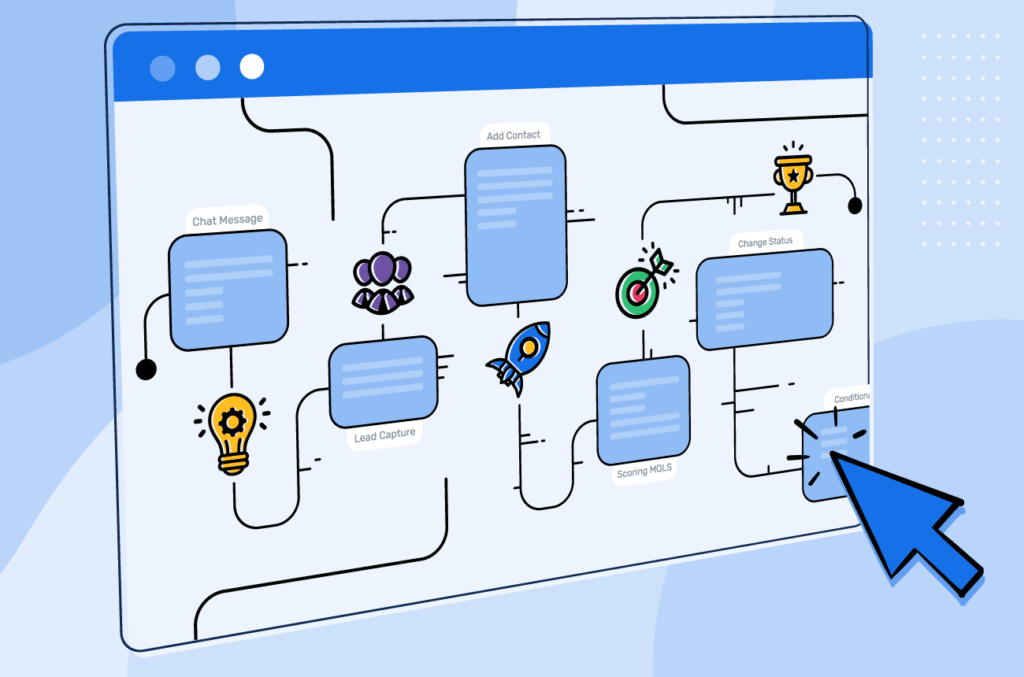
Debt management software plays a crucial role in helping businesses efficiently track, collect, and analyze outstanding payments. Developing such a system requires thoughtful planning and execution, from identifying essential features to ensuring compliance with financial regulations. Whether intended for internal use or as a commercial product, a well-constructed management tool can automate repetitive tasks, minimize errors, and enhance cash flow. Here is a list of features to check for while building debt management software.
Debt Management Software: An Overview
According to recent market analysis, the global debt collection software market is projected to reach $6.35 billion by 2031, growing at a CAGR of 9.4% from 2022 to 2031. This surge is driven by the increasing demand for automation and digital transformation in financial services. In the U.S. alone, household debt reached a record $17.5 trillion in Q4 2023, emphasizing the urgent need for efficient debt management tools.

Financial institutions are turning to custom debt management software to streamline operations, reduce delinquency rates, and enhance customer experience. With over 77% of consumers preferring digital channels for financial interactions, modern software solutions are expected to include AI-driven insights, automated workflows, and secure omnichannel communication.
As regulatory requirements become more stringent, especially with compliance frameworks like the Fair Debt Collection Practices Act (FDCPA), robust software platforms help ensure data transparency and adherence to legal standards. Overall, building a custom debt management system offers long-term ROI and operational efficiency for businesses managing high volumes of outstanding payments.
Key Factors to Build a Debt Management Software
The foundation of effective automated collection software for debt management lies in its core features. A comprehensive system should include tracking capabilities through a centralized dashboard that monitors outstanding invoices, payment deadlines, and debtor history. Payment reminders should be automated and delivered via email or SMS to notify customers of upcoming or overdue payments. Dispute management functionality is essential for logging and resolving payment disagreements efficiently.
1. Intuitive User Interface
The success of debt management software heavily depends on its usability. A clean, well-organized dashboard should provide quick access to critical metrics such as overdue payments and collection rates. The interface should offer role-based customization for agents, managers, and debtors based on their needs. Mobile responsiveness is another crucial factor, enabling users to access and update information across various devices.
2. Integrated Automation for Efficiency

Automation serves as the driving force behind efficient debt management. Key automated functions should include case assignment, where debtors are automatically distributed to agents based on workload or expertise. Scheduled follow-ups should be implemented to trigger reminders at optimal times, increasing the likelihood of successful recovery. The software should also automatically generate flexible payment plans tailored to individual debtor profiles.
3. Secure Payment Processing
Security remains paramount when handling sensitive financial data. The software must comply with PCI-DSS standards to ensure proper protection of payment information. All transactions should be encrypted during both transfer and storage to prevent data breaches. Implementing multi-factor authentication adds an extra layer of security, preventing unauthorized access to payment portals.
4. Customizable Reporting Tools

Data-driven decision-making requires robust reporting capabilities within the software. Real-time analytics should track key performance indicators such as collection rates, agent productivity, and debtor trends. The system should allow users to generate exportable reports in various formats for audits and stakeholder reviews. Forecasting tools that predict future cash flow based on historical recovery data provide valuable insights for strategic planning.
5. Compliance with Debt Collection Laws
Legal compliance forms a critical component of debt management software. The system must stay updated with changing regulations such as the FDCPA or GDPR to avoid violations. Comprehensive audit trails should log all communications and actions for compliance verification purposes. The software should also maintain do-not-contact lists to respect debtor preferences and prevent legal issues. These compliance features protect both the business and its customers while maintaining ethical collection practices.
6. Analytics for Performance Tracking
Advanced analytics capabilities transform raw data into actionable insights. The software should identify high-risk debtors who require immediate attention and measure agent efficiency to determine which collection strategies prove most effective. A/B testing functionality for communication methods helps identify the most successful outreach messages.

Handling debt management efficiently with automated collection software requires careful consideration of multiple factors. By integrating core functionalities such as automated tracking, secure payment processing, and customizable reporting, businesses can streamline debt collection processes while minimizing errors and improving efficiency. Ensuring compliance with financial regulations and leveraging advanced analytics further enhances performance tracking and decision-making.
Conclusion
At Designveloper, we understand that building effective debt management software requires a blend of financial insight, user-focused design, and robust technology. From tracking payments to generating reports and ensuring data security, every feature plays a key role in delivering real value to users. By approaching development with a clear strategy and the right tech stack, businesses can create solutions that simplify financial management and empower users to take control of their debt. We’re excited to support teams on this journey toward smarter, more responsible financial tools.






Read more topics





























































